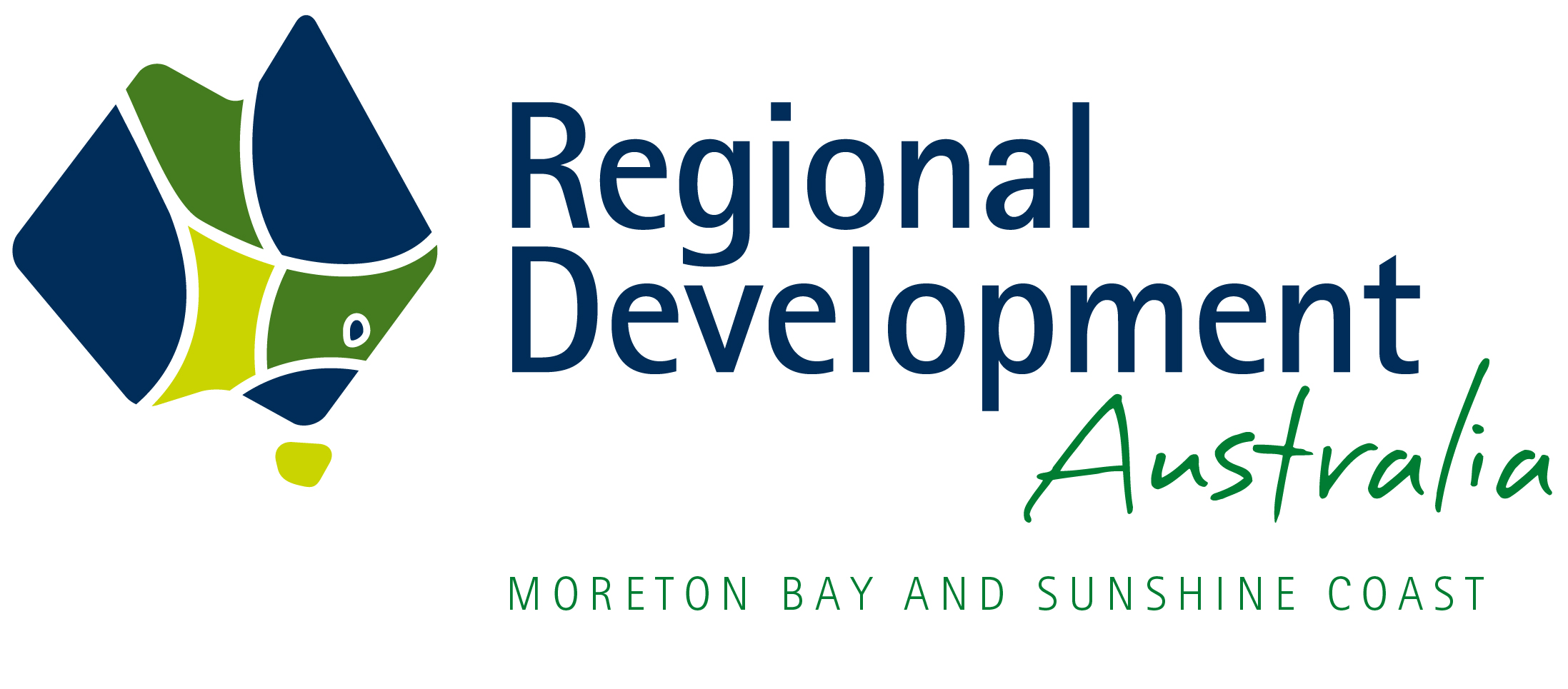Health care, education and training, and professional services are expected to be the leading growth industries across the Sunshine Coast region over the next 20 years, followed by retail and construction.
The findings follow a research project by Deloitte Access Economics to identify the regions’ current workforce and its projected changes in the next two decades.
DAE-RDA-SC workforce presentation 10 May 2013 Click this link to see full presentation. Note: This presentation was enabled through the assistance of the Department of Employment, Education and Workplace Relations, Local Employment Coordinator Flexible Funding Pool.

Although tourism and construction remain important employment sectors, they are affected by seasonal fluctuations in labour demand and will grow at a slower rate.
The workforce planning report estimates that employment in the Sunshine Coast region will increase from around 154,700 people in 2011-12 to around 246,000 in 2031-32, representing an average annual growth of 2.3%, or 59.1% over the next two decades.
RDA Sunshine Coast Chair Prof Max Standage said the report identified the need to develop strategies to ensure the region nurtured the high-value growth sectors and provided education opportunities for skills development.
“The areas of strongest labour demand are expected to be those with high skill requirements, such as professional and business services. Technological change also supports the trend for more and higher level qualifications.”
The report’s key findings include:
- Projected employment growth in the Sunshine Coast region across service-related industries will generate a strong demand for high-value jobs.
- Agriculture, manufacturing and utilities are expected to grow at a slower rate, creating modest demand for blue collar jobs such as labourers and trade workers.
- The regions’ key transformational projects will generate strong demand for labour in the construction industry over the next 10 years. The projects’ broader indirect effects will see increasing longer-term demand for employment in retail trade, administration, transport, health and education.
- Feedback from resource companies suggested a move away from fly in/fly out (FIFO) workers as an employment strategy, although there would be substantial opportunities for small to medium-sized Sunshine Coast businesses to participate in the resource sector supply chain.
- Importance of addressing potential infrastructure limitations and encouraging broadening of the economic base to guard against potential fluctuations in key cyclical sectors such as tourism.
- There is a need for local, State and Federal Governments to support the Sunshine Coast to meet future skills challeng
- es.
- Key industries such as retail, arts and recreation, professional services, and real estate need to ensure they are ready for the ‘digital disruption’ that is transforming traditional business and employment models, and have access to support these changes.

Prof Standage said the Workforce Planning Research Project report will inform the Sunshine Coast’s planning documents and RDA Sunshine Coast’s Regional Roadmap.
The workforce research initiative identifies the supply of skills and labour to meet future demands of key infrastructure projects and the resource sector boom.
The partnership is led by Regional Development Australia (RDA) Sunshine Coast, RDA Moreton Bay, the Department of Education, Employment and Workplace Relations (DEEWR), Moreton Bay Regional Council and Sunshine Coast Council.
The Workforce Planning Research Project report will be available in full by the end of May 2013 with a presentation of the findings conducted by its author, David Rumbens, at the Sunshine Coast Business and Workstyle Expo on 10 May.


